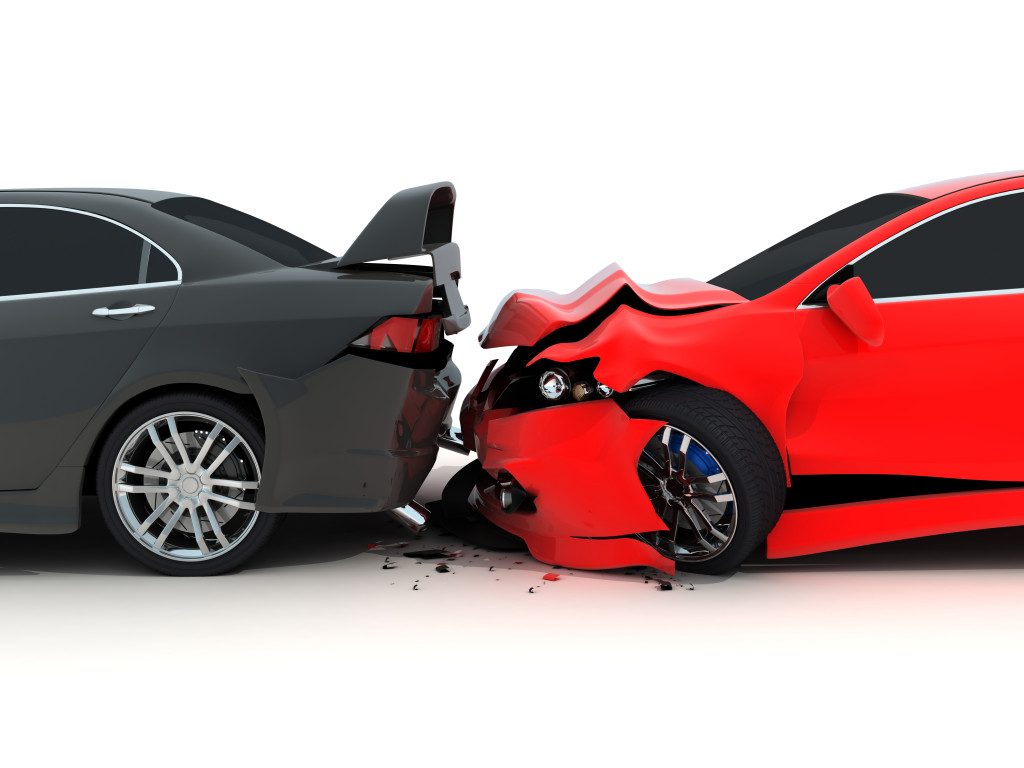Uninsured Motorist Coverage – Stacked, Non-Stacked or Reject?

Deciding whether to stack uninsured motorist coverage, select coverage limits, or reject coverage completely is a personal decision, but we recommend our clients consider stacked limits. Here we explain the difference between stacked and non-stacked uninsured motorist coverage and discuss why it always pays to be safe.
How does uninsured motorist coverage work in Florida?
If you or a resident relative are involved in an accident with an uninsured driver and you or the relative (or even passengers in your vehicle) are injured, who will pay for the medical expenses, lost wages, emotional distress, or pain and suffering sustained due to the accident? The other driver may not have insurance, or they might have low bodily injury liability limits. Some protection will be available with Personal Injury Protection (PIP) coverage on your automobile policy for you and your resident relative, but PIP coverage is typically just $10,000.
What if the medical bills and expenses are close to $100,000 each? If you elect to carry uninsured motorist bodily injury coverage, there would be coverage available up to the selected limit.
What happens if you reject uninsured motorist coverage?
Total rejection of uninsured motorist coverage can lead to a worst-case scenario that no one wants to experience: no coverage. You, your resident relative, or a passenger in your vehicle then has to pay out of pocket for their expenses. Even if all the injured parties have health insurance, there could be expenses that aren’t covered. Examples include lost wages, emotional distress, and pain and suffering.
Not long ago, Florida ranked first in the nation for the highest percentage of uninsured motorists. That’s a startling statistic – and yet another reason to reconsider adding or stacking uninsured motorist coverage to your policy.
Keep in mind that to elect the same limits of uninsured motorist coverage for all insurance policies, you should check for gaps in coverage. If your auto policy has 250/500 and your motorcycle policy has 100/300, you aren’t getting the same coverage from one policy to the next.
What is non-stacked uninsured motorist coverage?
Let’s picture uninsured motorist coverage as buckets filled with insurance protection. Each vehicle on a policy has a bucket of coverage. Each bucket contains uninsured motorist bodily injury coverage of $100,000 per person and $300,000 per accident (100/300) and there are three vehicles on the policy.
That means there would be three buckets, one for each vehicle, filled with 100/300 limits.
If the automobile policy has non-stacked uninsured motorist coverage, each vehicle is limited to just the 100/300 coverage available for that particular vehicle. So if the policy holder or a covered resident relative is injured by an uninsured driver, there’s only one bucket of coverage available for the vehicle involved in the accident. The amounts from the three buckets don’t get combined.
What is stacked uninsured motorist coverage?
Stacked uninsured motorist coverage allows you to combine coverage limits for multiple vehicles. It usually costs more than unstacked insurance, but not much more and it results in higher coverage in the case of a bad accident.
Let’s continue with the example from above but change it to stacked uninsured motorist coverage. In this scenario, all three buckets of coverage are stacked together to give three times the amount of coverage to the one car involved in the accident. Therefore, the available coverage would be 300/900.
Keep in mind that the stacked limit will change if the number of vehicles on the automobile policy changes. Let’s say you delete a vehicle – then the maximum limit would change to 200/600 because there are just two vehicles on the policy (and thus only two buckets).
So which choice is best for me?
The bottom line is this: you shouldn’t depend on other drivers to “do the right thing” and opt for coverage. It’s up to you to protect yourself and those you love in a sufficient manner.
The last thing you want to worry about after you’ve been in a motor vehicle accident is whether or not your insurance will cover everything you need it to. Make sure you and your family are protected by reaching out to an advisor at Wallace, Welch & Willingham. We’ve been helping people stay safe and manage risk for over 90 years.
We can help you make decisions about uninsured motorist coverage
For more information detailing the benefits of stacked versus non-stacked insurance and to inquire about policy options, contact us online or call a W3 insurance advisor today at 727-522-7777.
This blog post was inspired by a client query regarding stacked versus non-stacked coverage. We hope you find our description as helpful as she did. Her response is below:
Thank you so much for this detailed email….Thanks for putting it into layman’s terms so I can understand. Your help is very much appreciated.
-Carol Dettman-Smith
